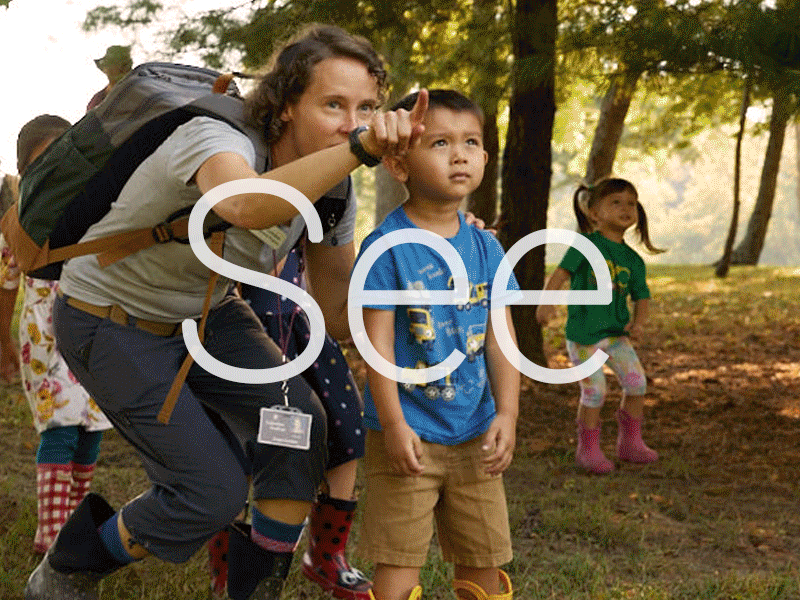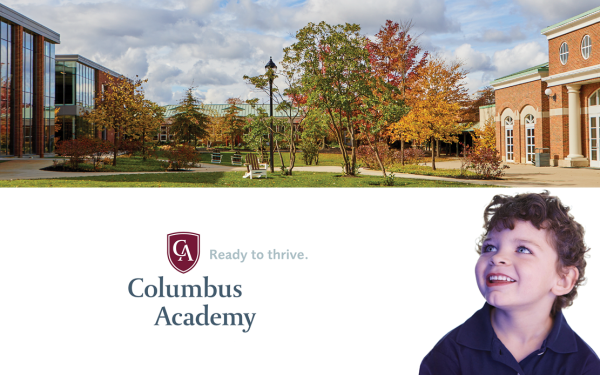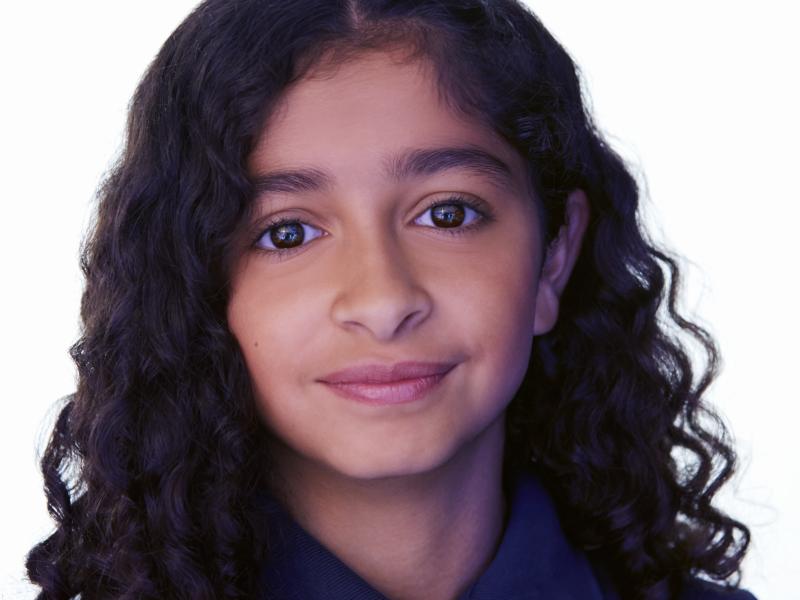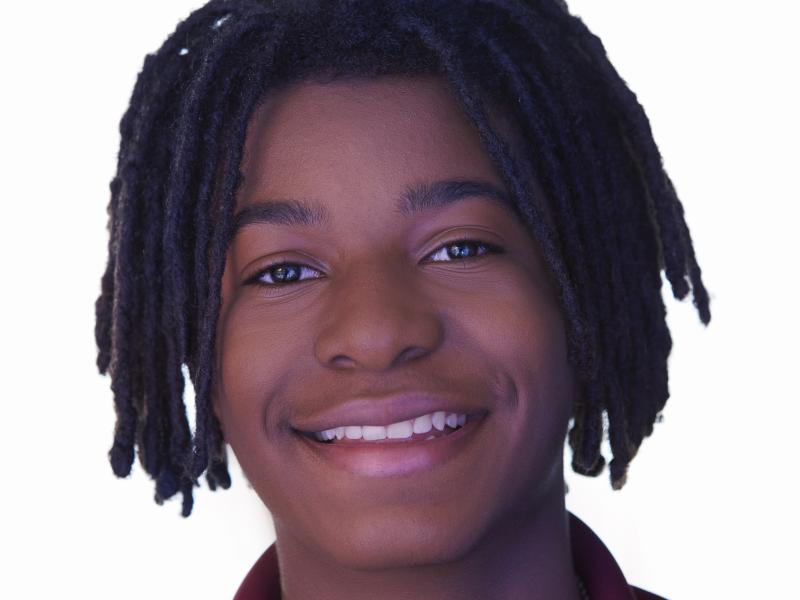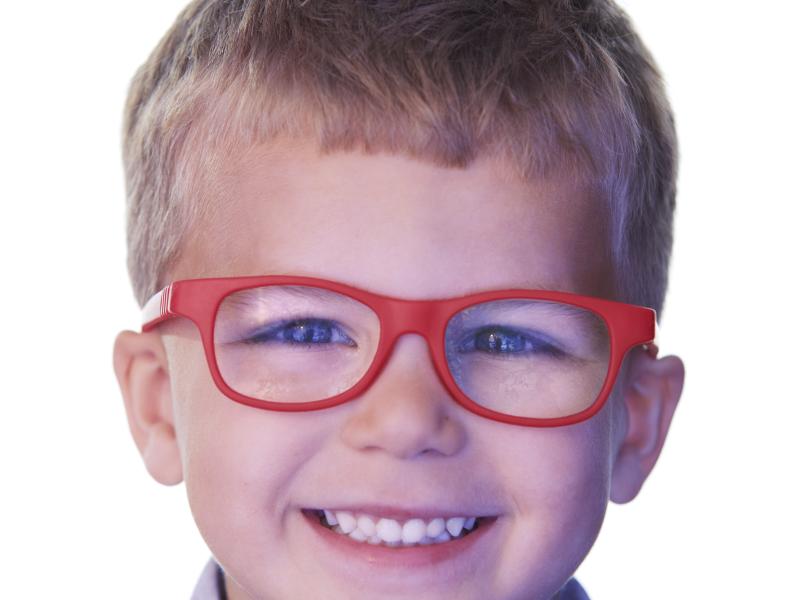
Studies show that the deepest learning takes place when the whole brain is engaged. Using multiple senses while interacting with materials helps young students make stronger connections to the concepts being taught. It’s also more enjoyable. Teachers in our early childhood grades (Explorers, PreK and Kindergarten) take a multisensory approach, relying on all five senses.
Colorful graphics and images help reinforce concepts and stimulate young students’ brains. This helps them absorb material better.
Sound helps them make associations, whether it’s the chirp of a Northern Bobwhite along a wooded trail, the cracking of ice or the sizzle of an egg when it hits a hot frying pan. This helps little ones learn right from wrong, and hot from cold.
Taste teaches us the differences between cultures and cuisines, sweet and savory, safe and poisonous. It helps our Explorers form and grasp scientific concepts.
Smell triggers memory which helps cement learning and has been shown to activate multiple parts of the brain.
Touch, be it from building models and climbing ropes to inspecting insects or tree bark, helps provide context and opportunities for children to reflect and engage.
Involving all the senses gives children multiple ways to make connections, form memories and internalize new concepts. And it happens every day throughout our 231-acre learning environment.
What kind of tracks do you think these are?
What other animals might live in the woods?
Do you leave tracks wherever you go?
Outside, our youngest ones are encouraged to explore, discover and use their imaginations within the safety of a wooded spot they call their home.
Our Explorers examine the world around them and make discrete observations using their “deer ears” and “dog noses” and practice the quiet art of “fox walking” to avoid disturbing wildlife.
When they notice tracks in the mud, Academy teachers thoughtfully prompt students to form conclusions about their discovery and ask questions that extend their learning.
How does flour feel?
Have you seen it before?
Where does it say flour on the bag?
What do we use flour for and where do we get it?
In the process, students learn to make associations with other concepts, such as the importance of taking care of the environment, which serves as home to all living creatures.
Multisensory learning takes place inside as well. For example, every two weeks, our Explorers are introduced to a new food — from bananas, apples, flour and eggs to samosa, pierogies and more.
Students learn about pumpkins by reading books, singing songs and carving the pumpkins and handling the seeds. They then bake and eat pumpkin pie and chocolate chip pumpkin bread.

This helps develop practical skills such as peeling, cutting, baking and cooking and also opens their palates to exciting new tastes and mouth feels.
Our little ones explore every aspect of each food. In the process, they have a chance to visually examine, touch, smell and taste, and discuss how and where it is grown, how it gets to the grocery store and how it nourishes our bodies.
I see my daughter becoming more adventurous every day, more willing to get in there and connect,” says Raina Vyas, parent of an Explorer Program student. “She often wants to help in the kitchen, especially with cracking eggs.”
Multisensory learning is but one way we help our students engage with, reflect on and find meaning in what they’re learning in and out of the classroom. All of which helps to nurture a lifelong love of learning and helps children develop the skills they need to succeed.

